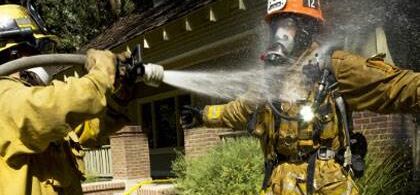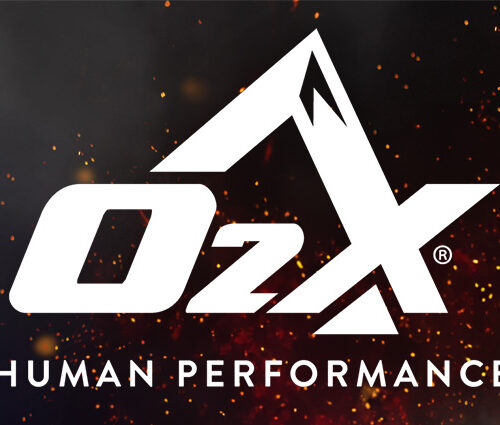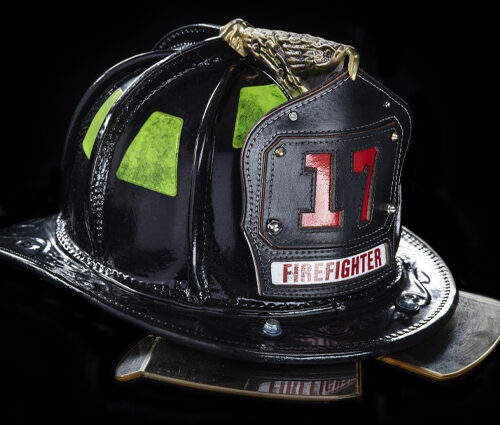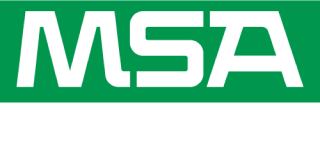
At the upcoming Fire Department Instructors Conference (FDIC), the fire service can expect a variety of new product and service claims as it does each year. Continuing emphasis on contamination control will drive vendors to promote specific equipment, supplies and processes, all with the guarantee for reducing firefighter exposure to potential carcinogens and other hazardous substances.
The large majority of these items or approaches will be well-meaning, but as is often noted, a certain amount of zeal will be present to entice departments and individual firefighters to consider new ways that they can reduce their risks.
We expect a large number of claims at this year’s FDIC to revolve around contamination control and exposure reduction in the form of cleaning products and services. A great deal of research has recently emerged in this area. Findings from this research have been coupled with several different new approaches for cleaning turnout clothing and related items both on the fireground and at station.
Because of the heightened focus on firefighter cancer and similar debilitating diseases from exposure to hazardous substances, we urge caution and due diligence in reviewing and considering the different options available for turnout cleaning.
CLEANING FIREFIGHTER GEAR
With the trend towards more frequent cleaning of turnout clothing, many departments are investigating or adding new in-house capabilities that allow their organizations to conduct regular cleaning. This is a significant investment, because the implementation of these capabilities is relatively resource-intensive, requiring appropriate washing machines, the space for siting these machines and sometimes assigned personnel who can properly undertake the requisite cleaning processes.
From an equipment standpoint, the key item is the washer/extractor. While some organizations may have attempted to make do with standard washing machines, top-loading machines are no longer acceptable. Even the newer front-loading household machines simply do not provide the appropriate characteristics for cleaning turnout clothing, particularly when high-efficiency/low water utilization is now the practice with this type of equipment.
Instead, washer/extractors from a recognized company should be considered with particular features, including:
- An appropriate capacity (indicating the number of items that can be washed in a given load).
- Programmability for choosing the right sequence of steps for the washing process.
- Spin speeds that do not exceed 100 G.
The fire service is best served by those companies that have taken the time to understand the specific needs for cleaning turnout clothing and thus offer machines and programs that are tailored for fire service applications.
Identifying the correct machine is only part of the process towards selecting cleaning equipment. The department must have a sufficient space for placing the machine and the utilities to accommodate its operation. Very specifically, appropriate levels of hot and cold water capacity must be provided to the machine.
As extractors spin out large quantities of water from the machine, the drainage system in place must be able to handle water flow rates. Though most jurisdictions do not require special handling of wastewater, is important to check with local regulations to ensure that contaminated wastewater can be put into the sewer system at that location. Therefore, the ability to put a washer/extractor into a location takes a significant amount of planning and departments must consider all these details before making a purchase.
TURNOUT GEAR CLEANING AGENTS
Turnout clothing cleaning requires specific detergents to ensure removal of contaminants and ordinary fireground soils, which can be quite varied in their composition. While it is possible to use standard industrial or consumer-based wash chemicals, care should be taken in their selection.
Many industrial wash chemicals are predicated on high alkalinity and subsequent pH adjustment by acidic sour solutions. Yet, NFPA 1851: Standard on Selection, Care, and Maintenance of Protective Ensembles for Structural Fire Fighting and Proximity Fire Fighting requires that the pH indicated on the cleaning agent Safety Data Sheet be no higher than 10.5 and no lower than 6.0.
Many industrial wash chemicals cannot meet these limits. On the other hand, consumer products may not be optimized for effectively cleaning turnout clothing materials. Instead, it is better to choose wash chemicals that have been formulated specifically for turnout clothing cleaning. These chemicals should have demonstrated effectiveness in cleaning turnout gear without causing any deterioration of turnout clothing performance. Viable suppliers should be able to provide this information at the request of the fire department.
There are a number of supplemental cleaning agents that are making their way into the fire service. Some of these cleaning agents are repositioned products that were originally touted for decontamination of military clothing against WMD agents. While it is quite possible that these agents can work as intended, it is much more important to ask for specific research or studies that adequately document the use of these types of products on turnout clothing.
The larger concern for any cleaning agent is its ability to remove persistent contaminants often trapped in the set and lodged in the materials themselves. As many fireground contaminants are relatively complex chemicals representing a range of different compounds, the ability of a single cleaning agent to neutralize or react with fire service contaminants is a fairly broad claim.
Thus, the fire service should approach these products with the same degree of scrutiny as they do for any purchase of a product intended to provide seemingly high-end benefits. As with general detergents and cleaning agents, look for evidence that the product will not irreversibly affect turnout clothing performance.
FIREFIGHTER GEAR CLEANING SERVICES
One of the options available to the fire service for cleaning of turnout clothing is the use of independent service providers (ISPs) that inspect, clean and repair firefighter turnout clothing. Many of these organizations are independently verified by third-party certification organizations. Currently, both Intertek Testing Services (ITS) and Underwriters’ Laboratories (UL) verify ISPs with the listings of qualified organizations can be found at:
Verified ISPs are reviewed for meeting the requirements of NFPA 1851. This verification process involves an assessment of the ISP procedures and some verification testing related to repair capabilities. Until the next edition of NFPA 1851 is accepted, there is no verification of cleaning procedures for contaminant removal. However, verified ISPs still must demonstrate adherence to the current requirements of NFPA 1851 for cleaning turnout clothing. The use of a verified ISP means that there is least some oversight for their procedures, which are periodically monitored and reviewed.
Not all ISPs will handle all types of clothing contamination. Most ISPs will generally clean fireground contaminated clothing and many also will handle clothing that is exposed to blood or body fluids that are potentially contaminated with blood borne pathogens.
Beyond that, it will depend on the capabilities of the ISP as to whether cleaning is provided for specialized hazardous materials exposures, or certain types of contaminants, such as asbestos or bed bugs. Whenever dealing with an ISP, is important to ask multiple questions about their capabilities and to ascertain whether they have experience in providing services for special cleaning circumstances.
UNDERSTAND THE REQUIREMENTS OF NFPA 1851
In considering your cleaning options, be sure to fully investigate any equipment, products or services that you intend to use and ensure they are consistent with the requirements of NFPA 1851.
Be wary of any vendor that indicates they are approved by NFPA, as NFPA does not approve anything. ISPs that meet the respective requirements of NFPA 1851 can be verified by either ITS or UL and can provide proof of that verification. There are no NFPA 1851-approved equipment items, detergents, cleaning agents or processes. Instead, these items can conform to NFPA 1851, but there is no approval authority.
In many cases, you should be able to ask for references – other fire departments or organizations – that have purchased from these vendors. Checking with others is one good way for gaining an understanding of how well the cleaning works and if there any specific problems.
There is considerably more detail in defining the appropriate turnout clothing cleaning option that is right for your organization, but taking the right time to understand existing requirements, knowing your specific needs and questioning claims goes to the right approach for finding the correct solution.






